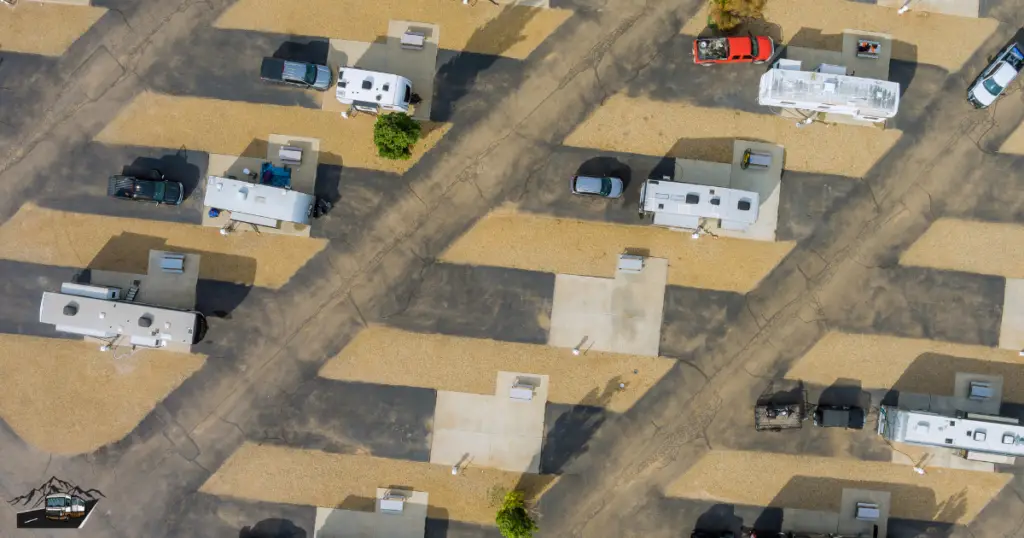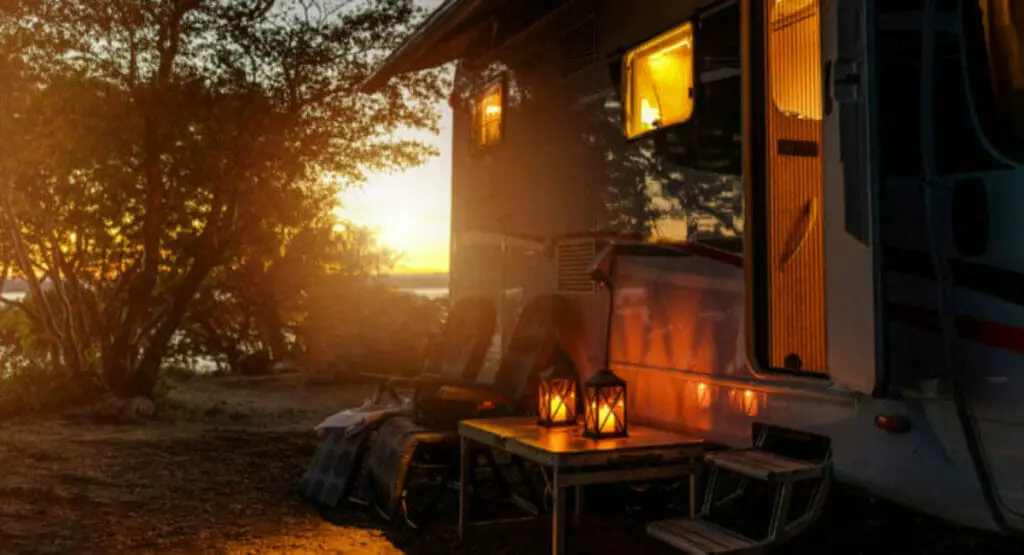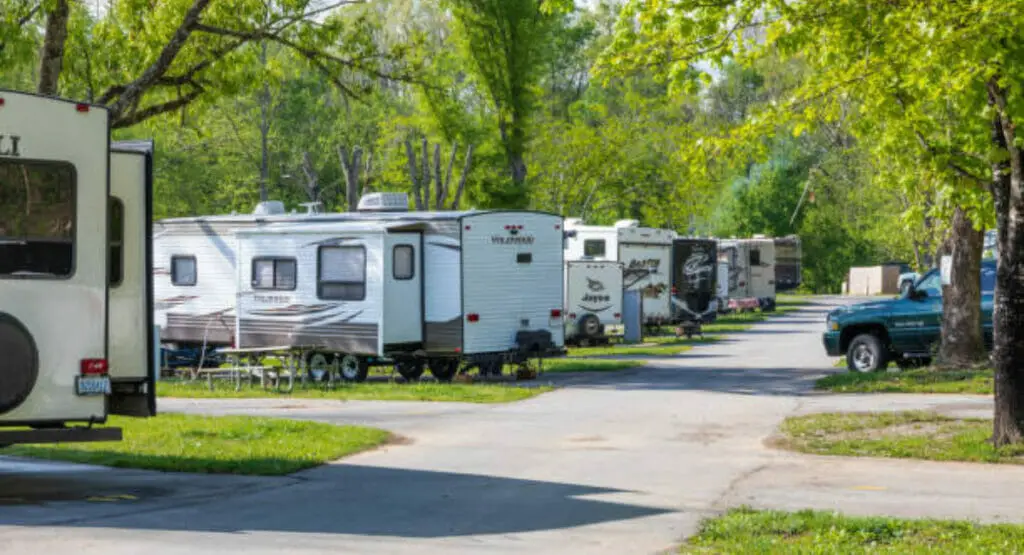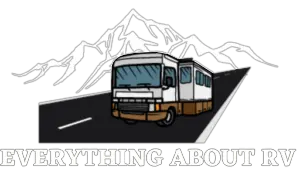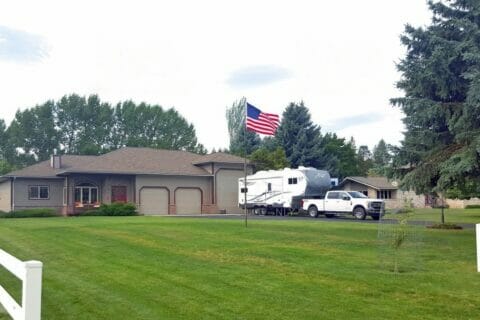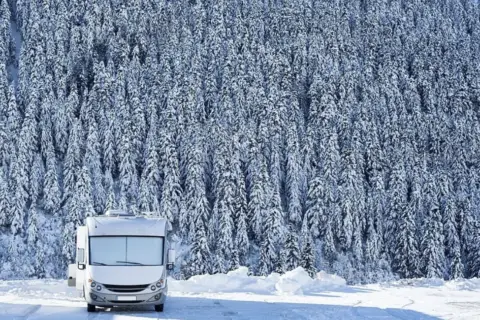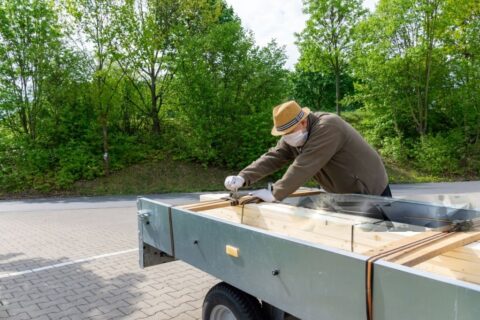The recreational vehicle (RV) lifestyle has seen a surge in popularity, with more people embracing the freedom and adventure it offers. As the demand for RV travel grows, so does the need for well-equipped and strategically located RV parks. If you’re considering venturing into the RV park business, understanding the cost of building one is crucial. Let’s embark on a journey to unveil the various facets of investing in an RV park.
I. Factors Influencing Costs
1. Land Acquisition and Location Considerations
The foundation of any successful RV park lies in its location. A prime spot with easy access to attractions and amenities can significantly impact the cost of land acquisition.
2. Infrastructure Development
Building a functional RV park involves more than just providing spaces for RVs. Infrastructure development, including utilities and well-constructed roads, is a substantial part of the investment.
3. Amenities and Facilities for RVers
From well-designed spaces to community areas and recreational facilities, catering to the needs and desires of RVers contributes to both the appeal and cost of your RV park.
II. Regulatory Compliance
1. Permits and Zoning Regulations
Navigating the bureaucratic landscape is vital. Understanding and obtaining the necessary permits and adhering to zoning regulations ensure a smooth and legal development process.
2. Environmental Impact Assessments
Protecting the environment is not just a moral obligation but a legal one. Assessing and mitigating the impact of your RV park on the surroundings is a necessary step.
3. Compliance with Health and Safety Standards
Ensuring the safety and well-being of your guests is paramount. Complying with health and safety standards may incur additional costs but is essential for long-term success.
III. Design and Layout Planning
1. Efficient Space Utilization
Strategic design that maximizes space while providing comfort is an art. Efficient space utilization minimizes costs and enhances the overall experience for RVers.
2. Accessibility and Ease of Navigation
Creating a user-friendly layout with clear signage and easy navigation contributes to the overall satisfaction of guests and can impact the park’s success.
3. Landscape and Aesthetic Considerations
Aesthetics matter. A well-landscaped and visually appealing RV park can attract more visitors, but it comes with its own set of costs.
IV. Construction Costs Breakdown
1. Site Preparation and Grading
Before you can welcome RVs, the land needs to be prepared. Grading and site preparation are initial steps that influence the project’s overall expenses.
2. Utility Installation and Hook-ups
Providing essential services such as water, electricity, and sewage hook-ups necessitates a well-executed plan and budget.
3. Road Construction and Parking Areas
Well-constructed roads and ample parking spaces are not only practical but also contribute to the overall aesthetics and functionality of the RV park.
V. Costs of Amenities
1. Recreational Areas and Playgrounds
Enhancing the overall experience for RVers includes providing recreational areas and playgrounds, contributing to the park’s attractiveness but also impacting costs.
2. Common Facilities
Investing in facilities like restrooms, laundry, and communal spaces adds value to the RV park, but it requires a financial commitment.
3. Wi-Fi and Technological Amenities
In the age of connectivity, offering Wi-Fi and other technological amenities is increasingly expected, but integrating them comes with its own set of costs.
VI. Operational Expenses
1. Staffing and Management Costs
Running a successful RV park involves more than just infrastructure. Staffing and management costs are ongoing expenses that should be factored into your budget.
2. Maintenance and Repairs
Regular maintenance and prompt repairs are essential for a thriving RV park. Budgeting for these ongoing expenses is critical for long-term success.
3. Marketing and Promotional Expenses
Attracting RVers requires effective marketing. Allocating funds for promotional activities is essential for creating awareness and driving occupancy.
VII. Unexpected Contingencies
1. Budgeting for Unforeseen Challenges
The RV park business, like any other, is not without its surprises. Having a contingency fund for unforeseen challenges can make the difference between success and setback.
2. Strategies for Risk Mitigation
Identifying potential risks and having strategies in place to mitigate them is a proactive approach that can save both money and reputation in the long run.
VIII. Return on Investment
1. Revenue Streams from RV Park Operations
Understanding the various revenue streams, from daily fees to long-term leases, is crucial for assessing the potential return on your investment.
2. Long-term Profitability Considerations
While the initial investment is significant, considering the long-term profitability of your RV park is essential for sustainable business growth.
IX. Financing Options
1. Loans and Financing Programs
Exploring different financing options, such as loans and financing programs, can provide the capital needed to kickstart your RV park project.
2. Investment Partnerships and Sponsorships
Collaborating with investors or seeking sponsorships can be viable options for securing the necessary funding for your RV park.
3. Government Grants and Incentives
Researching government grants and incentives for RV park development can offer financial support and potentially lower the overall cost.
X. Industry Trends and Innovations
1. Sustainable and Eco-friendly Practices
Adopting sustainable and eco-friendly practices not only aligns with modern values but can also lead to cost savings in the long run.
2. Technological Advancements in RV Park Management
Embracing technology can streamline operations and enhance the overall guest experience, but it comes with an initial investment.
XI. Case Studies
1. Successful Examples of RV Park Developments
Exploring case studies of thriving RV parks can provide valuable insights and inspiration for your project.
2. Key Takeaways and Lessons Learned
Extracting key takeaways and lessons from successful developments can inform your decision-making process and enhance your project’s chances of success.
XII. Community Impact
1. Social and Economic Contributions
Understanding and emphasizing the positive social and economic contributions of your RV park to the local community can foster support and goodwill.
2. Addressing Concerns of Local Residents
Proactively addressing and mitigating the concerns of residents can pave the way for a harmonious relationship between your RV park and the surrounding community.
XII. Future Outlook
1. Projected Growth in the RV Park Industry
Analyzing the projected growth in the RV park industry can help you position your project for success in the evolving market.
2. Emerging Opportunities and Challenges
Being aware of both opportunities and challenges on the horizon allows you to adapt and thrive in a dynamic industry.
Conclusion
In the world of RV park development, knowledge is your greatest asset. By delving into the intricacies of the cost of building an RV park, you empower yourself to make informed decisions that can lead to a successful and profitable venture. Remember, each investment is unique, so tailor your approach to your specific circumstances and aspirations.

